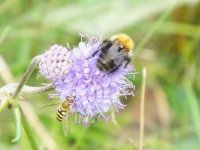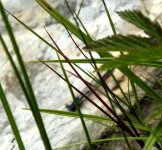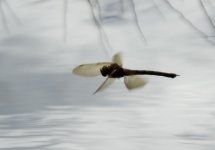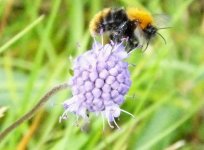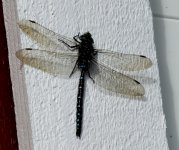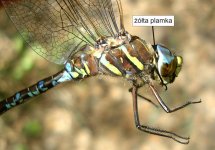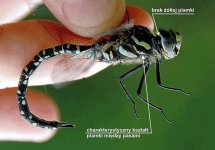
All taken on a walk round a forested loch in the mountains above Hell! Early August.
1: a flower with a Bumblebee and a (I presume) Hoverfly on it. If anyone can name the flower that would be a bonus (is it a form of scabious?)
2 & 3: These are much harder and may not be possible from these images (but I've nothing better). My first ever attempt at getting one in flight, but the sun was against me.
1: a flower with a Bumblebee and a (I presume) Hoverfly on it. If anyone can name the flower that would be a bonus (is it a form of scabious?)
2 & 3: These are much harder and may not be possible from these images (but I've nothing better). My first ever attempt at getting one in flight, but the sun was against me.




